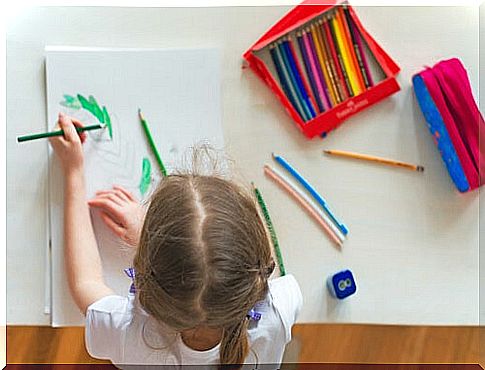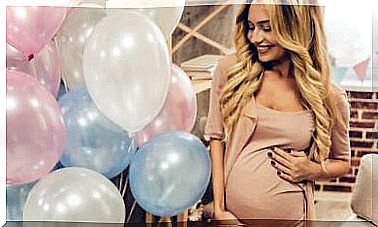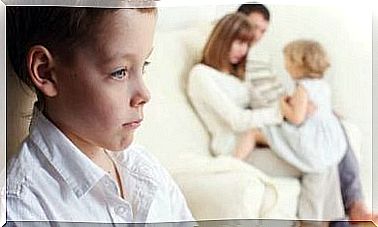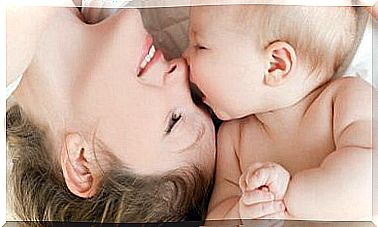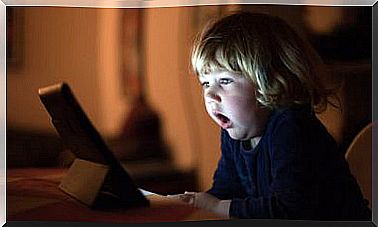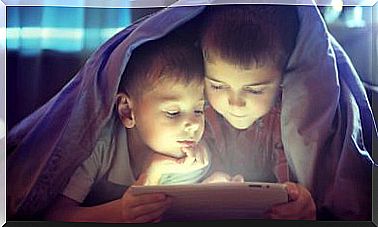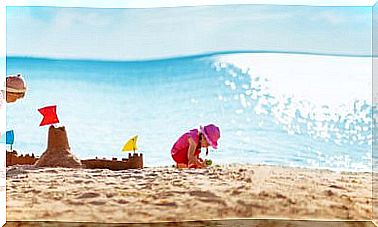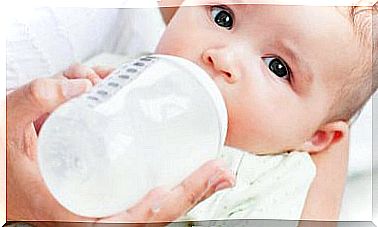What Is Fine Motor Skills?
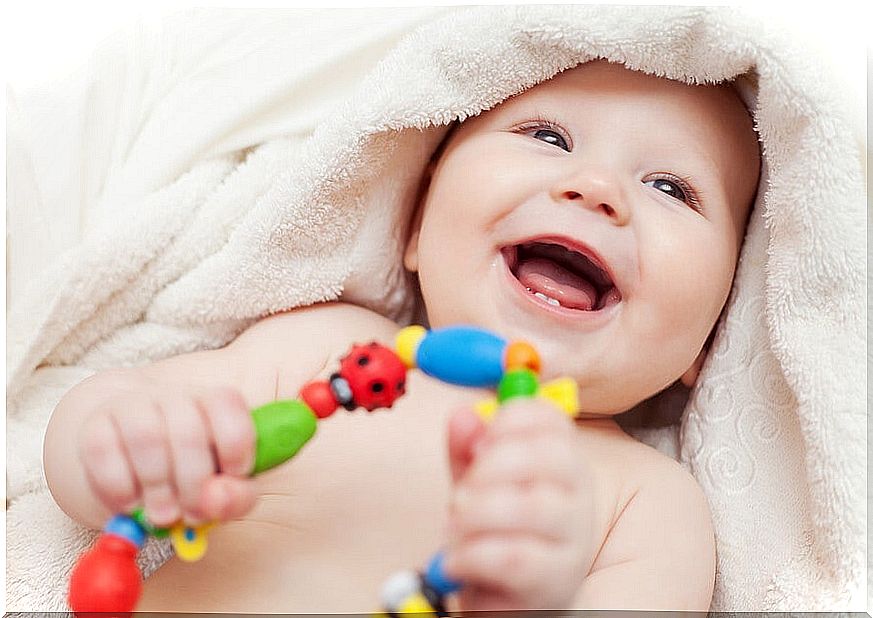
The sequence of coordinated movements carried out with different parts of the body is called fine motor skills: coherence between the movements of the hands and the eyes, grasping, taking objects with the hands placed as tweezers, among other skills that require a high level precision.
In the early stages of life, it is essential to master these skills in order to have normal development and autonomy. In general, babies acquire them as they grow. However, it is convenient to support the process with some techniques.
These techniques vary according to the age of the child, therefore, there are several levels of difficulty. It is important that, as they are applied, give the child a reasonable time until he can master the activity. In this way, the development of fine motor skills will be carried out properly.
On the other hand, it must be borne in mind that not all children are the same nor do they manage to master activities at the same time. Therefore, if a child has not yet mastered certain skills, there is no reason to be alarmed. Everyone has their own rhythm and it is important to know how to respect it.
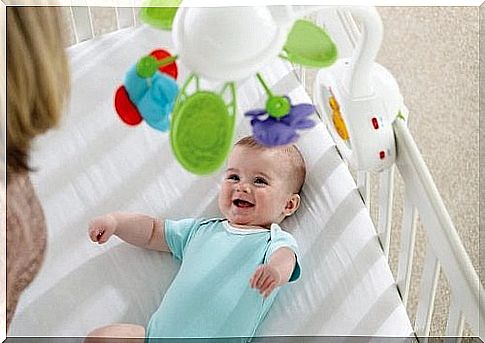
Tips to develop fine motor skills
- For the first three months of life, place brightly colored toys in the crib at a distance so that she can see them and try to reach them on her own. Many mothers opt for plush mobiles.
- When playing, place a toy on his tummy while he’s on his back so he can try to hug him or just touch him with his hands. We recommend holding his hands and helping him understand how to hold the doll.
Practicing these little exercises will often pay off. Around 2 months, the baby will know how to hug a doll, touch, push or grab a toy that is within reach. This means that you have already acquired one of your first skills.
Be careful, even when there is progress, until the child reaches the first year of life he will not have a complete mastery of fine motor skills. When school begins, you will need to learn other skills, such as:
- Draw.
- To model.
- Color.
- Trim.
- Write.
- Put together puzzles.
- Among other related activities.
Fine motor skills after the year
To promote the development of your child’s fine motor skills, we suggest you provide activities and games, such as the ones we propose below.
1. Open and close plastic bottles
This is a wonderful activity that will allow your little one to have mastery of his movements, develop his muscular strength and grip in his hands, learn to rotate his wrists and achieve precision.
For this exercise we suggest offering him knobs and plastic bottles with screw caps that he can open and close through the sequence of take the cap-twist-release-turn the other way-take the cap-twist.
2. Hold the spoon
If your child does not know how to hold the spoon and suddenly you give it to him to eat, of course he is going to create chaos on the table, on top of him and on the floor around him; but the beginning is always like this.
To stimulate the development of his fine motor skills, we recommend giving him a spoon just for him every time he goes to eat. The safest thing is that he dedicates himself to playing with food, but don’t worry, remember that playing is the best way to learn.
If with your hand you teach him to correctly grasp the spoon, serve the food and slowly bring it to his mouth, very soon you will have contributed to the mastery of an important new skill. Ah, for him to feed, you must be in front of him giving him the “potato” with another cutlery.
Other activities
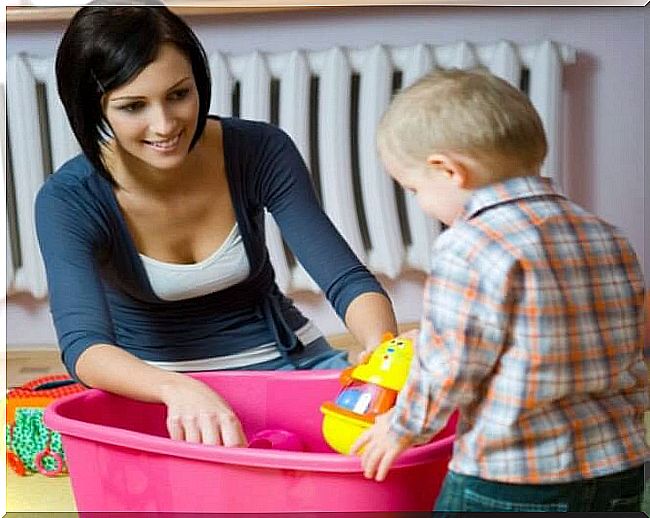
Take a comb and show him how you do your hair. Then give it to him to comb his hair himself. You can do the same but with the toothbrush (this will also help you create oral hygiene habits).
At leisure, give her modeling clay, assembling and building sets, blank pages to scribble, pictures to color, and so on. Keep in mind that although you should do it yourself, you should guide and monitor the process to make sure it is smooth.
